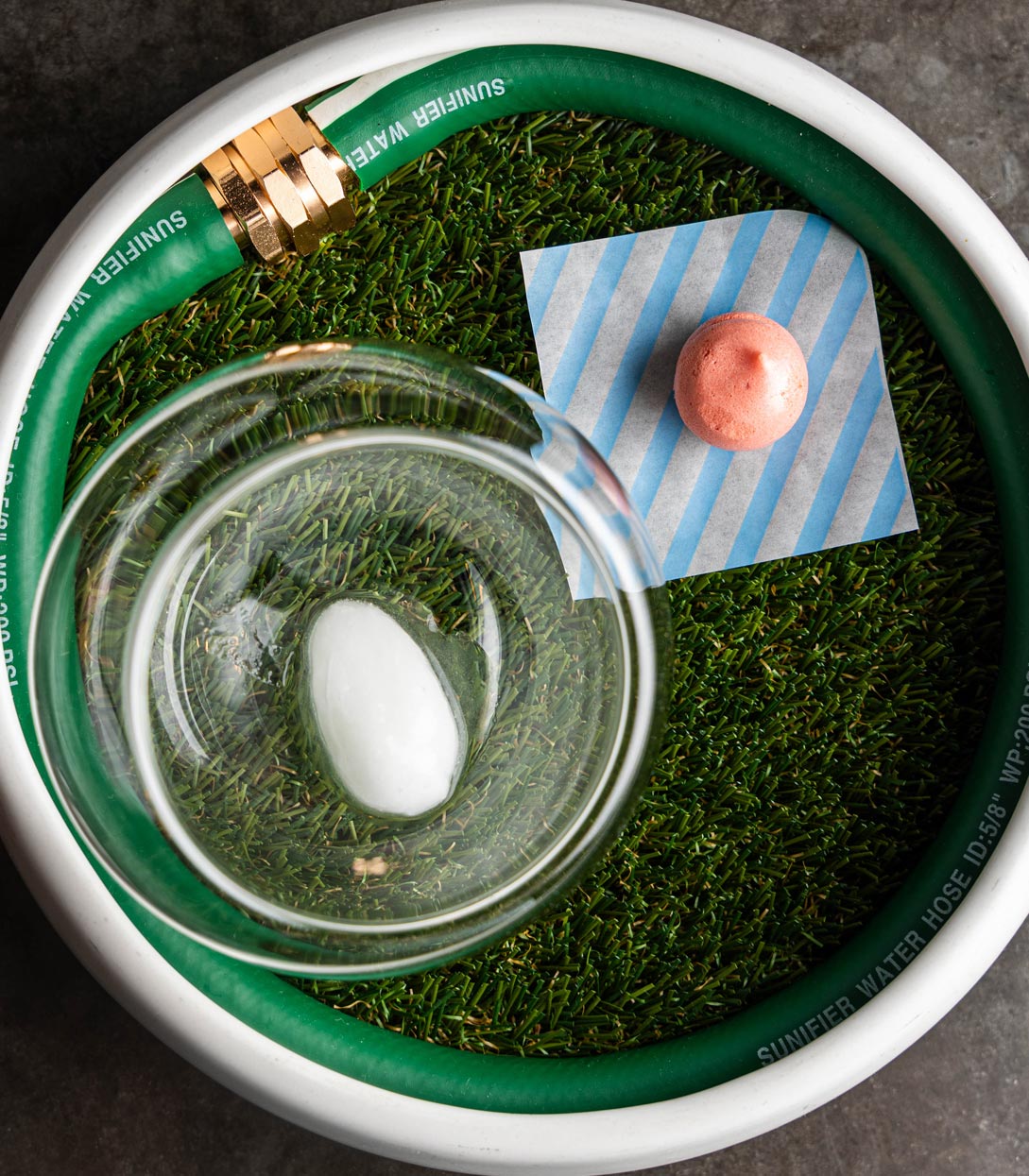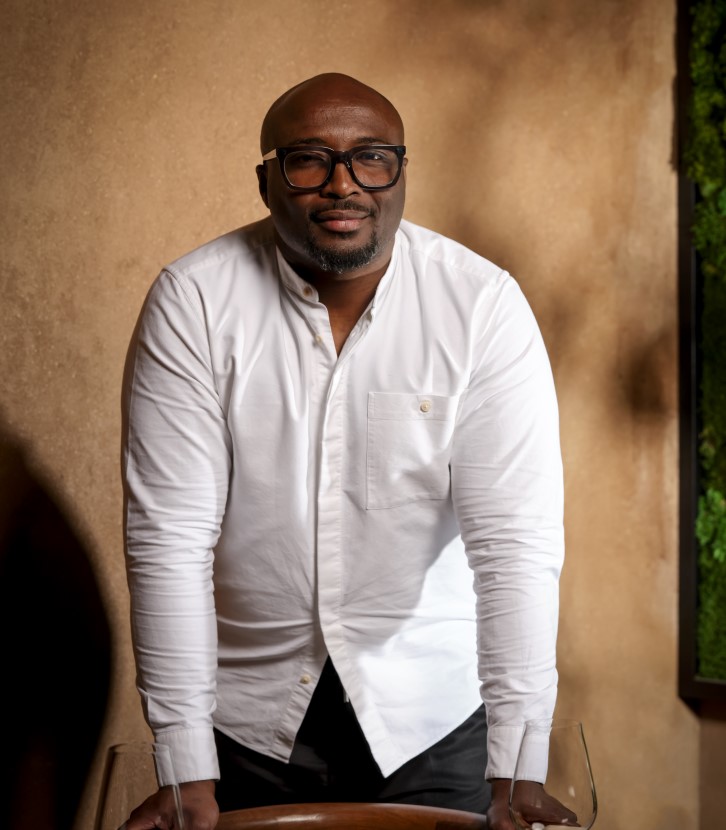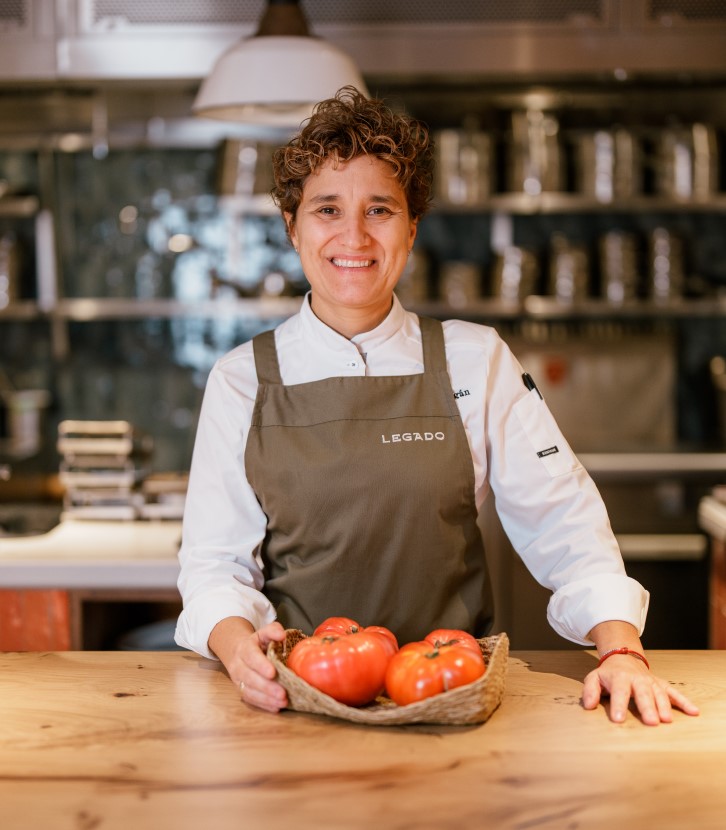Joining the cooking profession, like many other acclaimed chefs from his generation, wasn’t much of a choice.
“My father was a chef, and he wanted me to inherit his trade. So he put me into the kitchen. That’s how I started my path as a chef,” Wong says.
After working tirelessly for various Chinese restaurants like Jade Garden and Lei Garden to hone his skills, Wong made sure he took advantage of any opportunity that presented itself; he was a head chef at the age of 21. Menu design, cost control and kitchen management all became parts of his job—but he never let that early triumph get to his head. Rather, he assembled a team with people whom he appreciated and could learn from. As such, he made another big leap in his command over cooking.

But his father was influential to his culinary exploration in a different way. He left him a secret notebook which he wrote with his colleagues. The notebook documents the amounts of ingredients required in various dishes, as well as menus for banquets—invaluable information. Wong keeps the original at home carefully so to avoid losing it (the one he reads in the office is a copy.)
“It’s my dictionary in the kitchen,” Wong notes. As he reads the notebook from time to time, he discovers that some ingredients—gem-faced civet and pangolin, for instance—don’t make the dining table anymore.
“Moreover, you will see the snake soup of the past,” Wong adds. “You know it’s substantial when you put a chopstick inside and it doesn’t fall. The density says everything about the amount of ingredients there. It doesn’t come from a flour batter.”

“This dish occupies the stove for more than an hour, and it’s really a luxury considering there’s so much to handle in the kitchen, especially during the peak hours. Therefore, not many restaurants are willing to follow the original recipe,” Wong states. At Yee Tung Heen, the chicken is always unwrapped in served alongside salt and unwrapped in front of the guests. The moment when the aroma rushes out is quite a scene.
But Wong’s will to carry on the classics doesn’t hinder him from embracing the new. As he says, “I need to keep myself up to date, too. I accept anything as long as it’s not too far-reaching.” Items like deep-fried king prawn with dried sakura reflects a combination of an old Cantonese cooking technique and Wong’s creative touch.
As a chef, Wong requests himself to “treat every guest as a VIP, showcasing his best at every moment”.

It was 10 years ago when the MICHELIN guide first launched in Hong Kong. All my peers were talking about it, and I could find the guide from bookstores. The MICHELIN guide gave me a feeling of authority. And I thought it would be something to be proud of to be recognized by it.
What was your feeling when you first earned the Michelin star?
It was a wish come true. I am very thankful for my team, the support of Mr. Sammy Wu (former food and beverage director at The Excelsior, Hong Kong) and the current food and beverage director Leo Lai. The star is the result of everyone’s effort.
How did you celebrate?
It’s the first Michelin star The Excelsior, Hong Kong has received in 44 years. The hotel held a small awards ceremony for us. We had every person from the team on stage and gave them all a certificate, in praise of their hard work.
What effect does the MICHELIN guide have on your career?
It’s a force of motivation, but it wouldn’t change our culinary direction. In the coming year, we will work even harder to maintain this prestigious title.
What’s your recommendation for young chefs who aspire to earn a Michelin star?
They have to put in lots of effort, keep learning and trying.




















